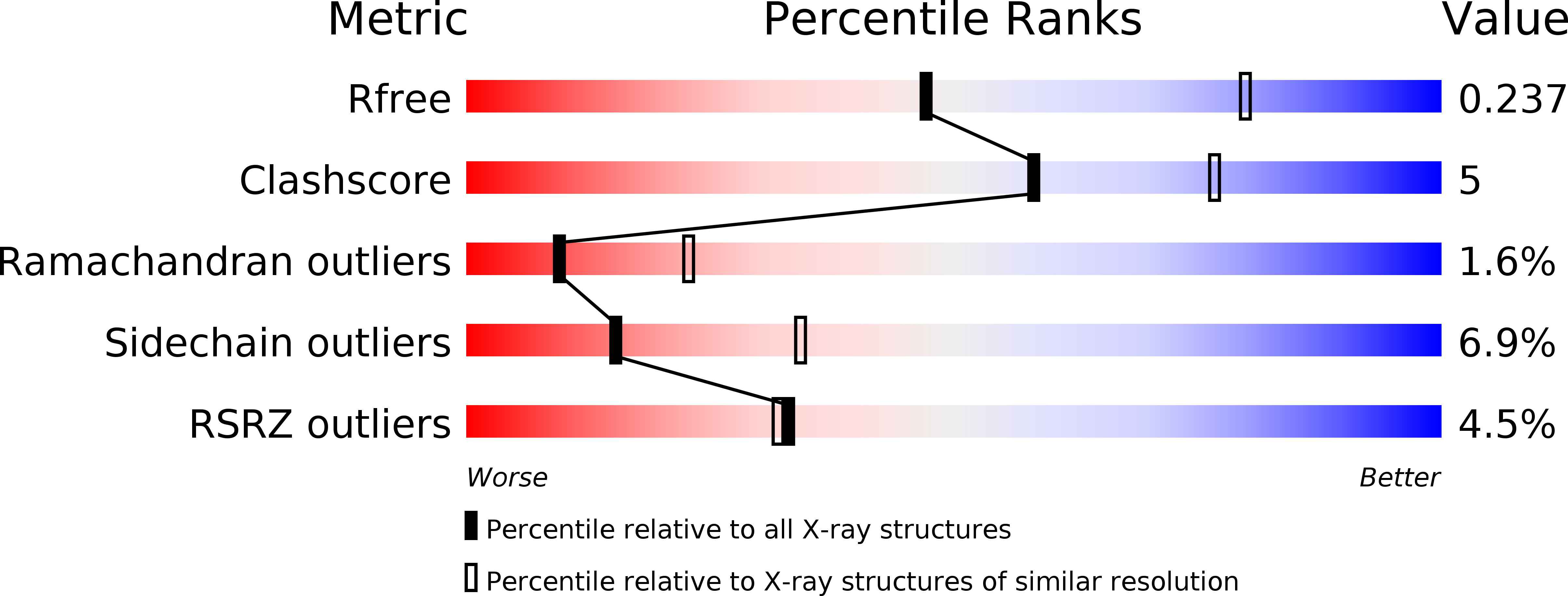
Deposition Date
2014-12-24
Release Date
2015-12-23
Last Version Date
2024-02-28
Entry Detail
PDB ID:
4RZS
Keywords:
Title:
Lac repressor engineered to bind sucralose, unliganded tetramer
Biological Source:
Source Organism:
Escherichia coli (Taxon ID: 536056)
Host Organism:
Method Details:
Experimental Method:
Resolution:
2.71 Å
R-Value Free:
0.23
R-Value Work:
0.19
R-Value Observed:
0.20
Space Group:
P 21 21 21


